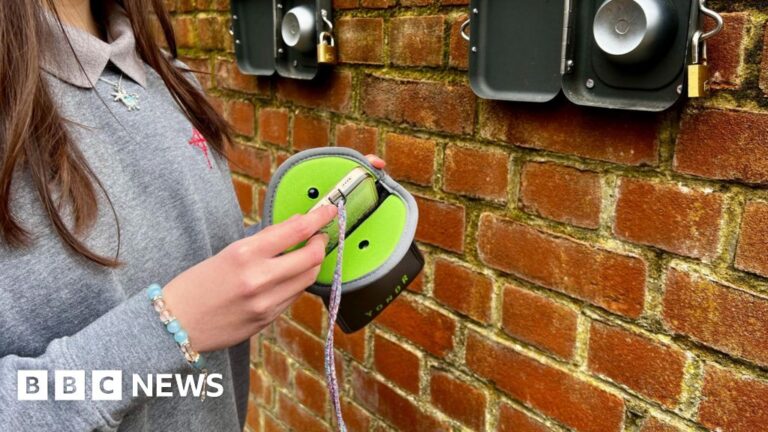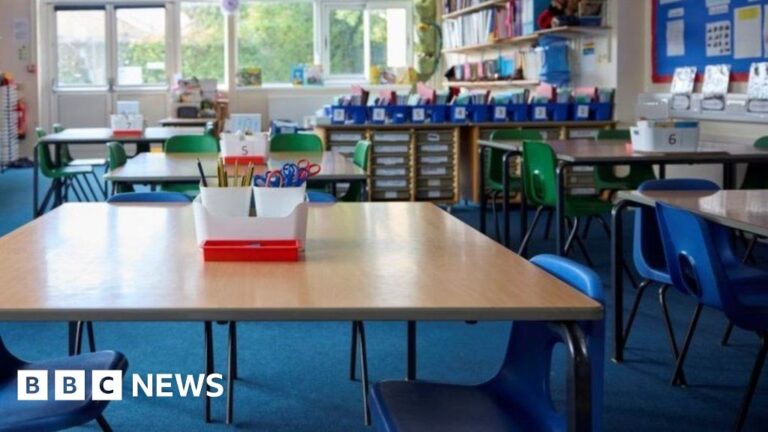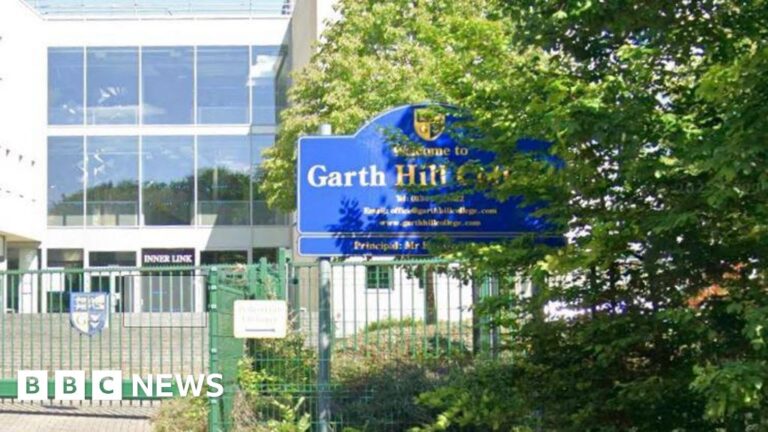A record number of 18-year-olds woke up on Thursday morning to find they had got into their first choice of university. More than 226,000 were accepted by their “firm” choice – 82% of all 18-year-olds with offers. Those who didn’t get a place, or wanted to switch, have had to keep cool heads amid cash incentives and offers of free accommodation from universities in the Clearing system.
Undergraduate tuition fees have risen to £9,535 in England and Wales this year, after universities argued that fees haven’t kept up with inflation. They have become increasingly reliant on higher fees from international students in recent years to make up for the financial shortfall. But those numbers have declined, in part because of changes to visa rules.
The result is that more than four in 10 universities are thought to be in deficit. Courses are being closed and buildings are being sold off. Dr Jo Saxton, the chief executive of the Universities and Colleges Admissions Service (Ucas), said universities were keen to enrol UK undergraduates this year – even if they missed their grades – because they offered financial “stability” at a time of “uncertainty” around international student numbers.
There are other factors at play. A-level results were up again this year, with 28.3% of all grades across England, Wales and Northern Ireland marked at A* or A. These Year 13s had their GCSE grades brought down as part of an effort to tackle grade inflation in 2023, so fewer met the mark to start A-level courses.
The head of Ofqual, England’s exams regulator, said they were a “smaller” but “stronger” cohort as a result. There are also more 18-year-olds in the population this year, which is why even though the proportion getting into their first choice of university has stayed the same, the actual number has grown.
But still, the financial picture is important. It could help explain why more academically selective universities – described as “higher tariff” by Ucas – have enrolled more students this year and offered many courses through Clearing. Tim Bradshaw, the chief executive of the prestigious Russell Group, said on Thursday that “many of our universities have courses available in Clearing” and that admissions teams were “ready to help students find the course that is right for them”.
With more students off to Russell Group and other highly selective universities next month, there’s a smaller pool for the rest to recruit from – and that could have a knock-on impact on their finances. Many universities have been offering students incentives to apply through Clearing. Teesside University, for example, has advertised £2,000 off accommodation for animation, games programming and visual effects students, while Goldsmiths is offering 100 accommodation bursaries worth £1,800.
Students who sign up for “VIP” Clearing at the University of Gloucestershire have the chance to win a year of free accommodation – as advertised in a series of TikTok posts. Vanessa Wilson, chief executive of University Alliance, which represents more professional and technical universities, including Teesside, called Clearing an “amazing opportunity to find new opportunities and pathways”.
Universities’ offers could sway teenagers who are in two minds about whether or not to apply. Vivienne Stern, chief executive of Universities UK, which represents more than 140 institutions, said the increase in university applications this year “confirms that people rightly recognise the value of going to university, and it is particularly positive that we have seen an increase in students going to university from the least advantaged backgrounds”.
However, most 18-year-olds don’t apply to university. This year, 41.2% of 18-year-olds in the UK had submitted an application through Ucas by June – down from 41.9% last year and a high of 43.6% in 2022. Many choose other options like apprenticeships or going straight into work instead.
The cost of living can play into the decision-making process and is shifting the student experience. Recent research suggests that 68% of full-time undergraduates had paid jobs during term time – up from 45% in 2022. This year, maintenance loans have also risen to help with everyday costs. All eyes will be on the Department for Education’s higher education reforms, which are due to be set out later this year.
In the meantime, universities will be keen to make sure that students continue to come through their doors.
Source link




